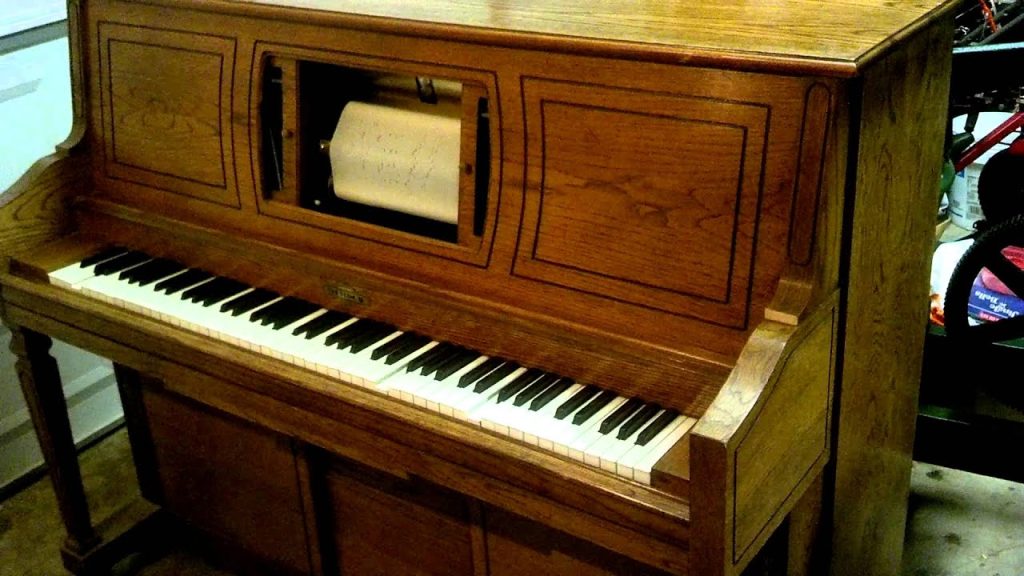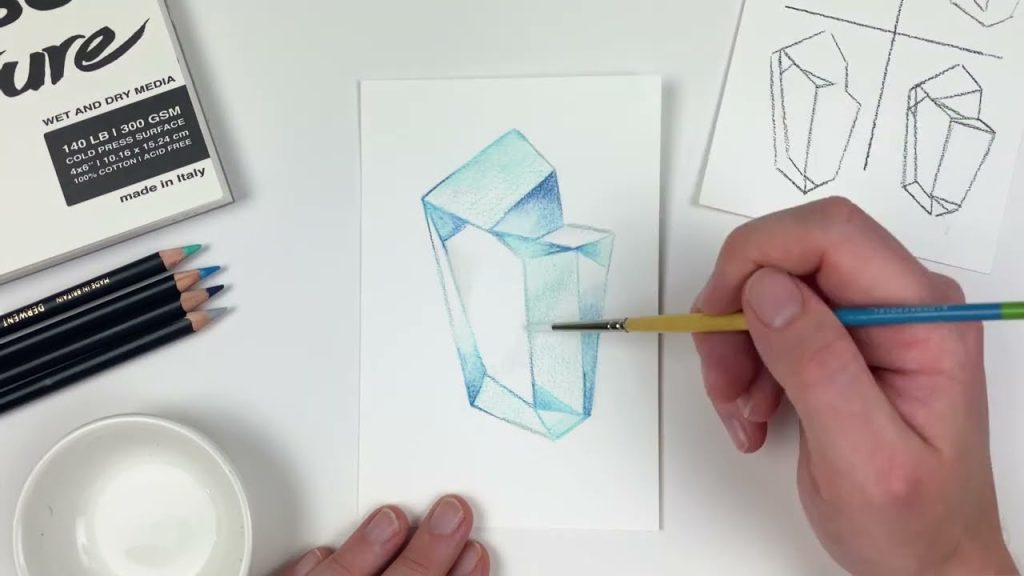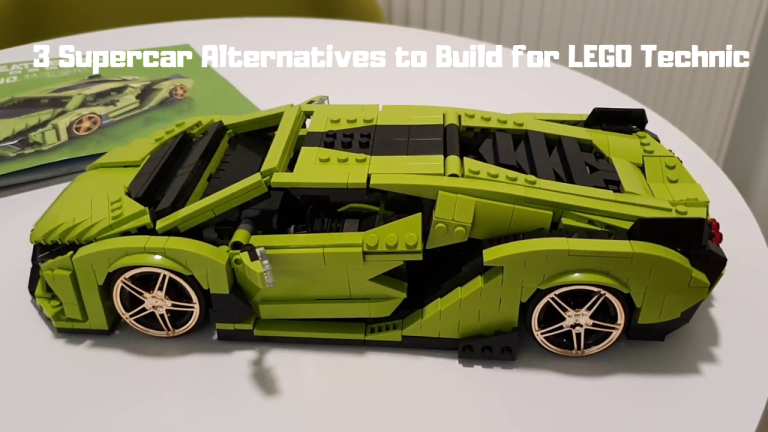3 Hobbies for Kids That They Can Learn Themselves
As children step into the world of learning, developing their self-learning abilities is a vital task.
And in this colorful world, there are many exciting and fun hobbies that can help them achieve this goal.
Among them, building blocks, music and painting are considered to be one of the most popular self-learning hobbies among children.
These activities not only allow children to enjoy creating, but also develop their imagination, concentration and problem-solving skills. Let’s explore these fascinating areas together and add a touch of color to children’s growth journey!
Build Blocks

Build blocks, which is a great choice for children to show off their self-learning ability! When they are confronted with a pile of colorful building blocks, the children’s hearts are filled with endless curiosity and creativity.
This attraction comes from the infinite possibilities of building blocks, allowing them to combine these small building blocks into kaleidoscopic shapes and structures according to their imagination and unique perspective.
Building with blocks is not just a fun way to play, it’s a great way for children to learn on their own. First of all, it cultivates children’s spatial imagination and visual perception ability. They need to find the best way to build through observation, thinking and practice. This process stimulates their ability to think and operate in three-dimensional space, while also improving their powers of observation and judgment.
Second, building with blocks helps develop children’s concentration and problem-solving skills. They need to focus and look for solutions as they try to put blocks of various shapes together. This exercises their patience and perseverance, while also fueling their enthusiasm for solving difficult problems.
In terms of self-learning and building, children can give full play to their creativity and imagination. They are free to experiment with combinations, explore new building methods, and challenge their skills. In the process, they keep trying, failing, and trying again, and learn to constantly adjust and improve. This way of independent exploration and practice allows them to gain more fun and a sense of accomplishment from it.
Of course, MOULD KING is a recommended choice for finding high-quality building block brands suitable for children’s self-learning and building.
With its excellent quality and innovative design, MOULD KING has become one of the building block brands in the minds of children. Their products come in a variety of scales and difficulty levels, suitable for children of different ages to learn and create independently.
Moreover, MOULD KING’s building blocks are designed with a small number of particles, allowing children to combine and build various shapes more flexibly, stimulating their creative potential.
By building blocks, children can not only develop their self-learning ability, but also enjoy endless fun and a sense of accomplishment. During this process, they constantly challenge themselves, develop creativity, problem-solving skills and awareness of self-directed learning.
Let’s create a world of building blocks for children, so that they can gain infinite wisdom and happiness in self-learning!
Music

From early childhood, children can be exposed to music from a variety of places, such as early music lessons or the opening and closing songs of their favorite cartoons.
These musical works are often full of cheerful melodies and beautiful lyrics, which not only intoxicate children, but also stimulate their strong interest in music.
Music as a self-taught hobby gives children unique opportunities to explore and develop their talents.
Children can learn the playing skills of various musical instruments by imitating and trying. They can start with simple drums and gradually develop a sense of rhythm and move on to more complex instruments such as piano, guitar or violin. In this process, through observation and imitation, they continuously improve their performance skills and develop their understanding and expression skills for music.
In addition, children can participate in the creation and performance of music through singing and choir. They can understand the emotional and expressive elements of music by learning the lyrics and melodies of songs. As their self-learning progresses, they can begin to compose their own songs, expressing their thoughts and emotions. Participation in the choir also gives them opportunities for teamwork and coordination, allowing them to learn to work with others in music to create beautiful sounds together.
Musical self-learning can also be achieved with the help of technological tools. Today, many apps and software offer resources and tutorials for learning music.
Kids can use these tools to learn basic concepts like notes, rhythm and chords on their own. They can practice and improve repeatedly at their own rhythm, developing unique musical styles and techniques.
Most importantly, music, as a self-learning hobby, develops creativity, patience, and self-expression in children. Through independent learning, they discover their potential in music, and constantly explore and improve. Music is not only an art form, but also an important tool for children to discover inner talents and develop self-learning ability.
Let us encourage children to sail freely in the ocean of music, create their own beautiful melodies with melody and rhythm, let them learn through music themselves, and start a journey of infinite possibilities!
Painting

When children hold a paintbrush and face a blank paper, they will be immersed in unlimited creativity and imagination. Painting is not only a way to express emotions and ideas, but also an excellent way for children to develop their self-learning ability.
Drawing as a self-learning hobby provides rich learning opportunities for children. Painting stimulates children’s desire for beauty perception and expression. By observing the world, they learn minute details such as colours, shapes and textures. In the process of self-learning, they try different painting techniques and styles, and develop their own unique artistic language.
Secondly, painting cultivates children’s observation and concentration. When they are trying to capture a person, a scene or a scene, they need to observe the details meticulously and translate them into the lines, colors and shapes in the painting.
This process of observation and concentration trains their concentration and patience, and at the same time improves their ability to observe and think carefully.
Self-learning drawing also stimulates children’s creativity and imagination. They can freely create imaginary images and situations, and express their inner world through painting.
In the process, they learned to think independently, refine themes and compositions, and through continuous trial and practice, they constantly improved their skills and styles.
Let’s encourage children to explore in the world of drawing and create their own art world with colors and lines.
Let them learn by themselves through painting, unleash unlimited creativity and imagination, and become future artists and creators!
These three hobbies – building blocks, music, and painting – offer children the opportunity to embark on a journey of self-learning and personal growth.
Building blocks empower them to explore their spatial imagination and problem-solving skills, while music allows them to express themselves and develop creativity. Painting unleashes their artistic potential and fosters observation and concentration.
As we encourage them to embrace these hobbies, let us witness the vibrant colors they add to their learning journey and watch them blossom into confident, curious, and capable individuals.
So, let’s nurture their passions and inspire a lifelong love for self-directed learning through these wonderful hobbies.






